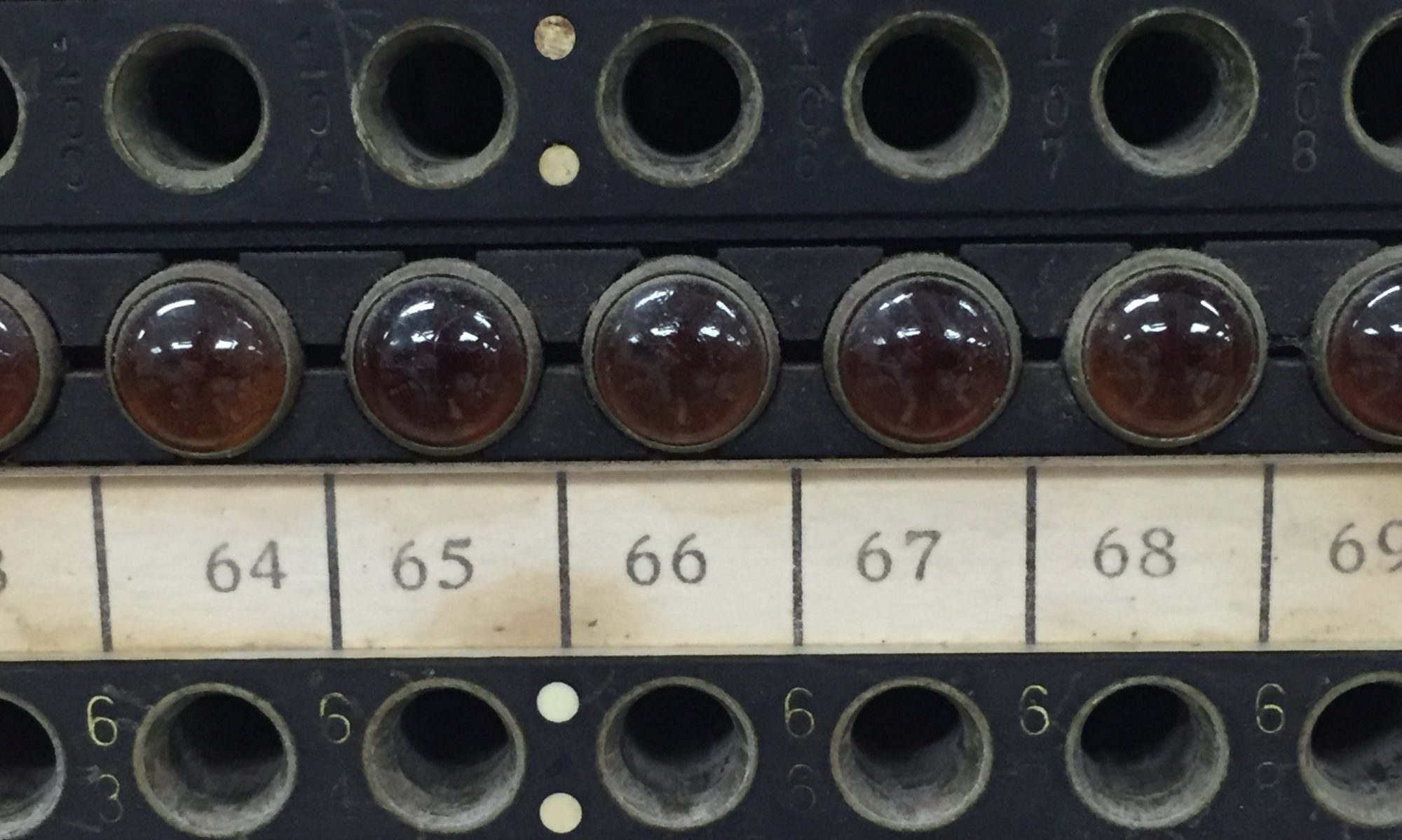A few days ago I mentioned a crazy weekend where all my hobbies had their big events at the same time. One of the events was Vintage Computer Fest East 2019, or VCF East for short.
Suffice to say there are several Vintage Computer Fests that take place around the country world, and you can find a listing of many of them here: http://vcfed.org/wp/festivals/. VCF East happens to be the North-East version of the Vintage Computer Festival, hosted by the Vintage Computer Federation, who’s home and museum is at the InfoAge Science Center, an interesting complex that was once an army base, as well as part of Marconi’s original company amongst other things.
VCF East is an annual affair for the group, and helps raise funds for them to further their collection and restore many of the artifacts they have waiting for love. They host a museum space at InfoAge that includes not only your typical 8-bitters like your Tandys, your Commodores, Apples and so on, but some fairly big old iron as well, like a Cray Supercomputer, a WORKING Univac, and more!
The event is typically 3 days (Fri-Sun), with the first Friday being instructional classes on repair, restoration, and use of vintage computers, as well as a keynote speech. Unfortunately I missed Friday’s events in lieu of attending Pinfest this year, so no pics or recap there, but past classes are usually well attended and include a lot of info.
Saturday and Sunday are the show days where 2 large rooms of exhibits on vintage computing are on display, as well as a keynote speech, a consignment room (used stuff), a vendor room (new/reproduction stuff), a maker space where you can both buy and build your own single-board-vintage-computer right on site. other resources. During the show the rest of the museum is also open and included as part of the admission, and VCF’s own museum is open and manned as well.
Each show tends to have a theme, and this year featured large exhibits on the history of Atari Computers, as well as the Unix operating system, with all sorts of Unix flavors including Linux, Unix, AIX, Irix, and other ix’s.
The other room featured various display, such as the GEOS OS for Commodore, a DIY computer exhibit featuring an IMSAI-lookalike with functional switch panel, a display featuring various plotters making live works of art, information on the original ENIAC computer, amongst many more. (I apologize to anyone I missed as I’m typing this from memory.)
The vendor room had vendors selling new parts and accessories for vintage computers, including but not limited to new single board computers, add-ons for the MOS KIM-1, replacements ICs and helpful doohickeys for Commodore 64s and VIC-20s, and even some used stuff.
The show is growing – there were definitely some growing pains this year as the attendance numbers weren’t expected, but next year VCF East will be bigger and better. The Saturday keynote was not only standing room only, but included the outside hallway as well…

All in all, I’m really glad I found the VCF group and the VCF East Event. It’s awesome to attend, and being close to Asbury park there’s other things to do in the area, including the Silverball Museum where you can play all sorts of Pinball and Video games. If you’re near the Mid-Atlantic states (PA/NJ/DE) and into retro computing, its definitely worth the drive (or flight) to check it out!






